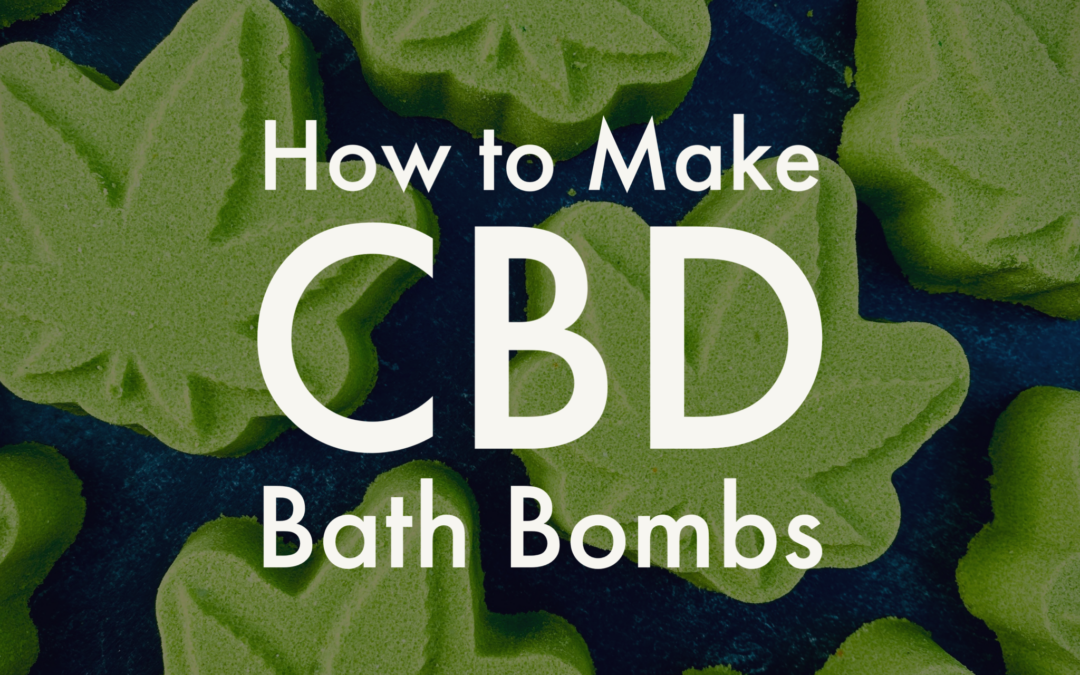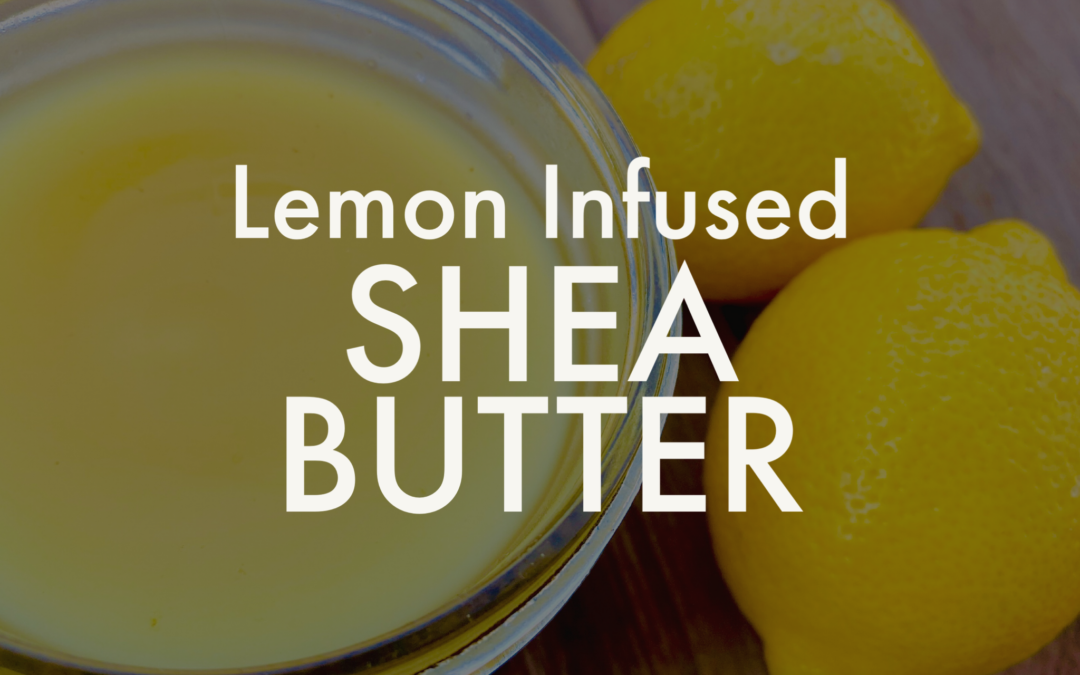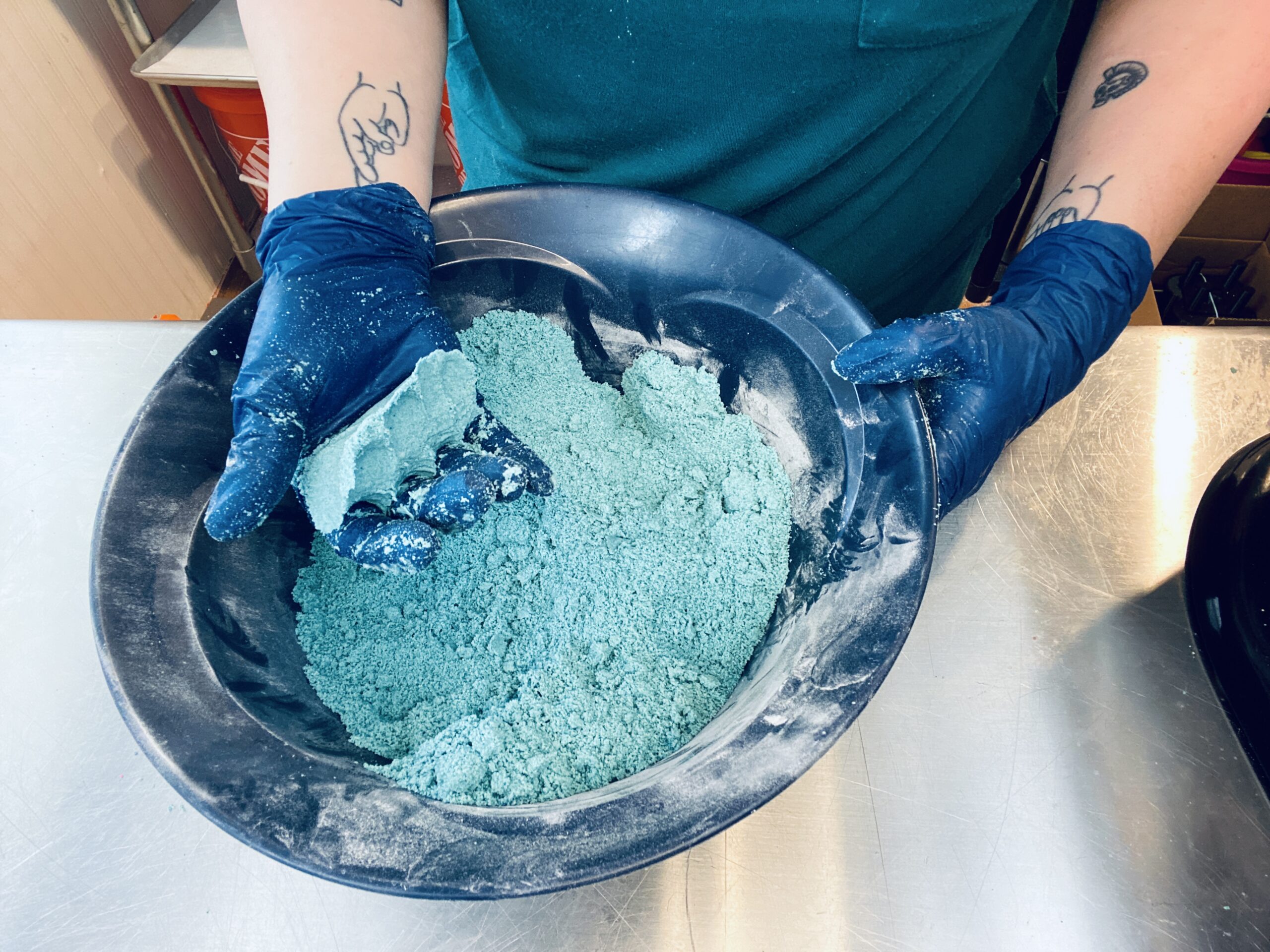
by Robyn French Smith | Oct 5, 2023 | Bath Bombs, Formulating, Tips and Tricks
Yesterday in the first part of this blog post, we talked about the different types of CBD, the legality of its use, and the potential usage rates of CBD in bath bombs. But today I want to show you how to actually incorporate this ingredient into your formulation so...

by Robyn French Smith | Oct 3, 2023 | Bath Bombs, Formulating, Tips and Tricks
A fairly common theme we see pop up in our Facebook Support group are questions regarding the use of CBD in bath bombs. Over the next couple of days I’m going to tackle that question for you! I’ll tell you what type of CBD should be used, how much should be...

by Robyn French Smith | Sep 12, 2023 | Infusions, Uncategorized
We’ve talked about a few different ways to create infusions for your cosmetics over the past months. We created a cold oil infusion with juniper berry and hot oil infusion with calendula oil. But both of those infusions used liquid oils. What if you want to create an...

by Robyn French Smith | Aug 9, 2023 | Formulating, Infusions
A couple weeks ago we talked about making glycerites from fresh pomegranate fruit! We applied heat and let the extraction run for several hours without a lid. This allowed water to evaporate and ensured the glycerin content of the final product was at least 60% which...

by Robyn French Smith | Jul 21, 2023 | Formulating, Infusions
This year we really wanted to take some time to focus on natural plant additives for use in cosmetics. We’ve talked about cold oil infusions, and hot oil infusions, but what if your formulation only has a tiny amount of oil? Are there other ways to incorporate...

by Amanda | Apr 4, 2022 | Bath Bombs, Formulating, Tips and Tricks, Troubleshooting
WHAT COUNTS AS LOW HUMIDITY? Parts of this article appear in our Low Humidity recipe, but we felt it was really important information that should be made widely available, so we’ve decided to turn it into a blog post as well! We apologize if you’ve purchased the...







